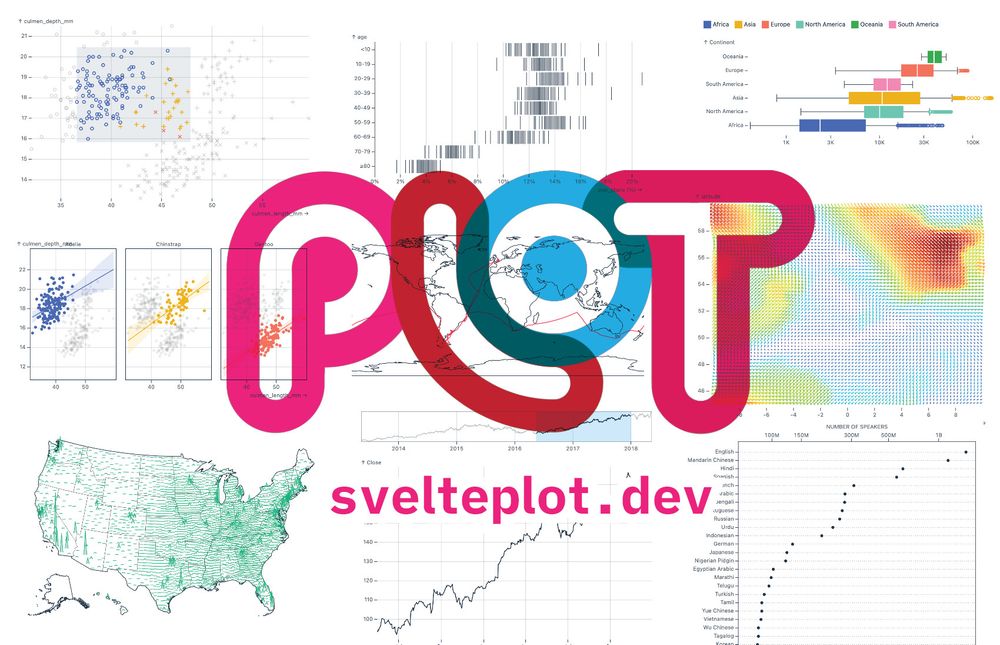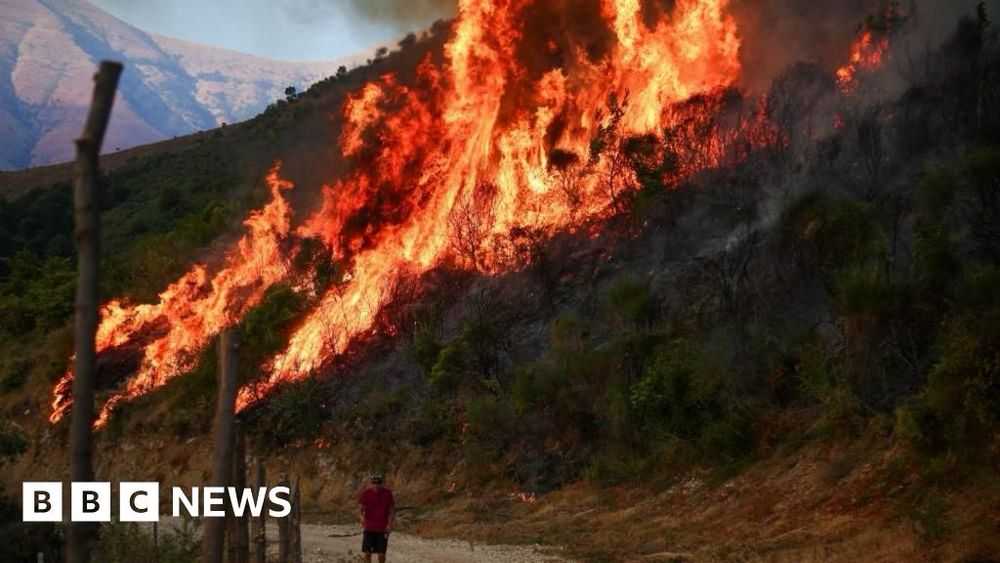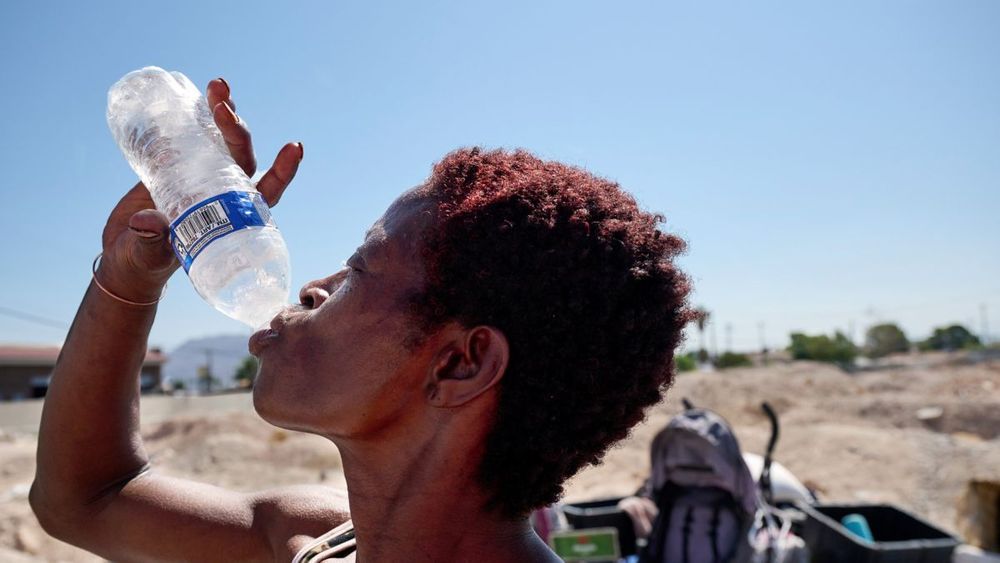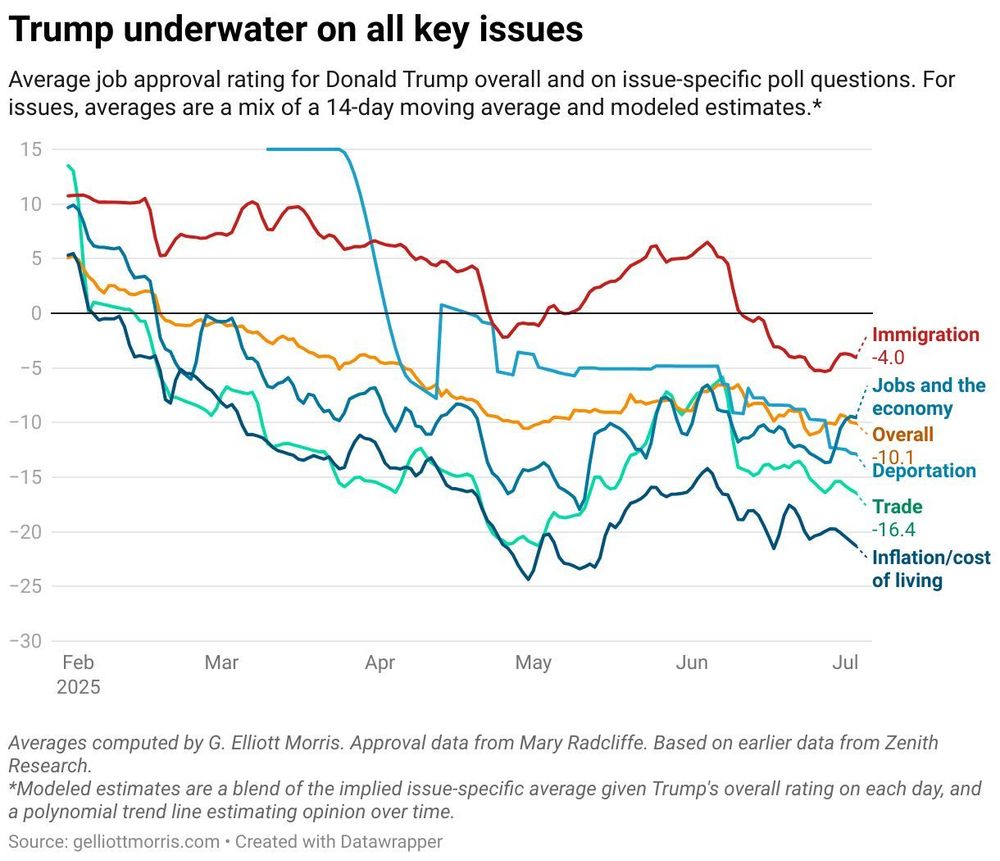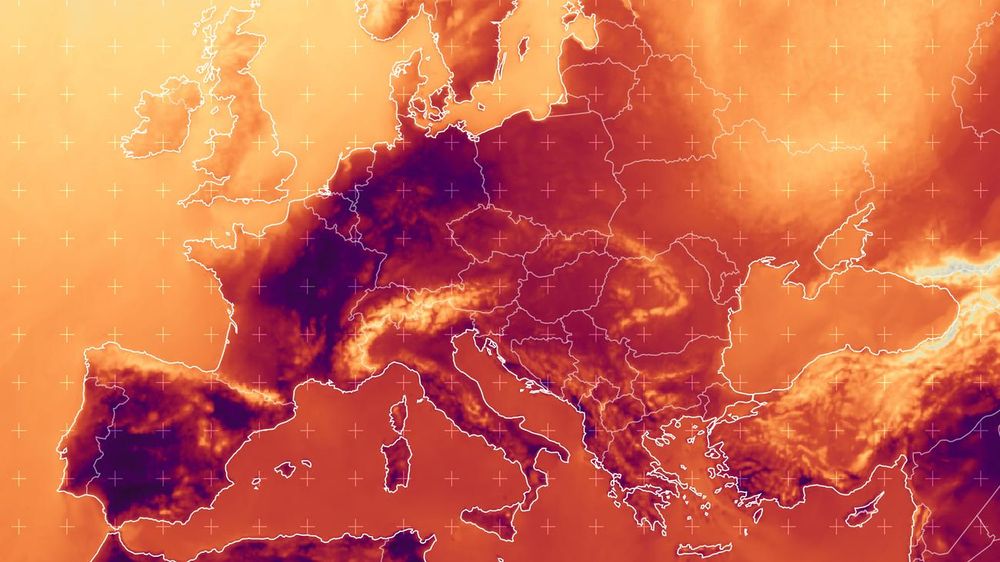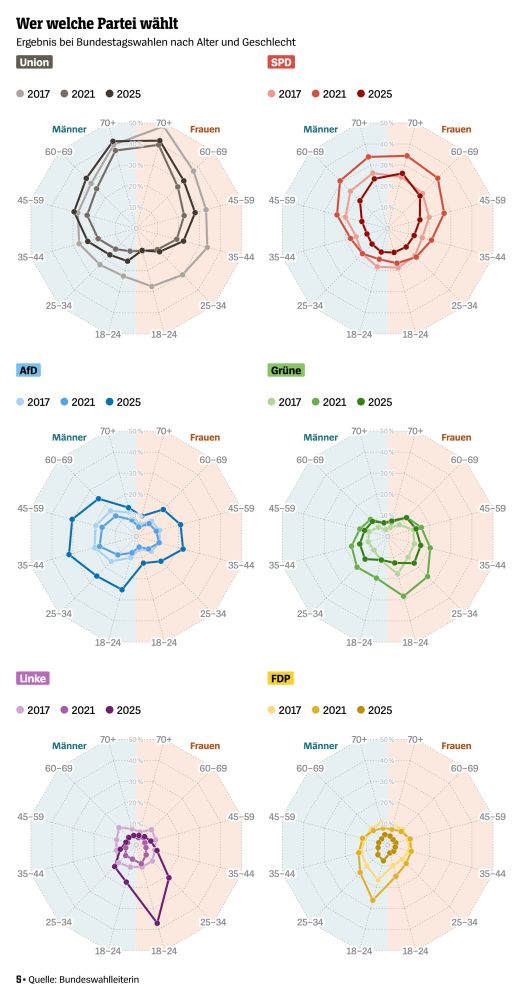Gregor Aisch
@driven-by-data.net
2.8K followers
440 following
180 posts
Senior Visual Data Journalist at @zeit.de. Co-founder and former CTO of @datawrapper.de. Former @nytimes.com graphics editor #datajournalism #graphics #maps #cartography (he/him)
Posts
Media
Videos
Starter Packs
Pinned
Reposted by Gregor Aisch
Reposted by Gregor Aisch
Reposted by Gregor Aisch
Reposted by Gregor Aisch
Stefan Niggemeier
@niggi.bsky.social
· Aug 1
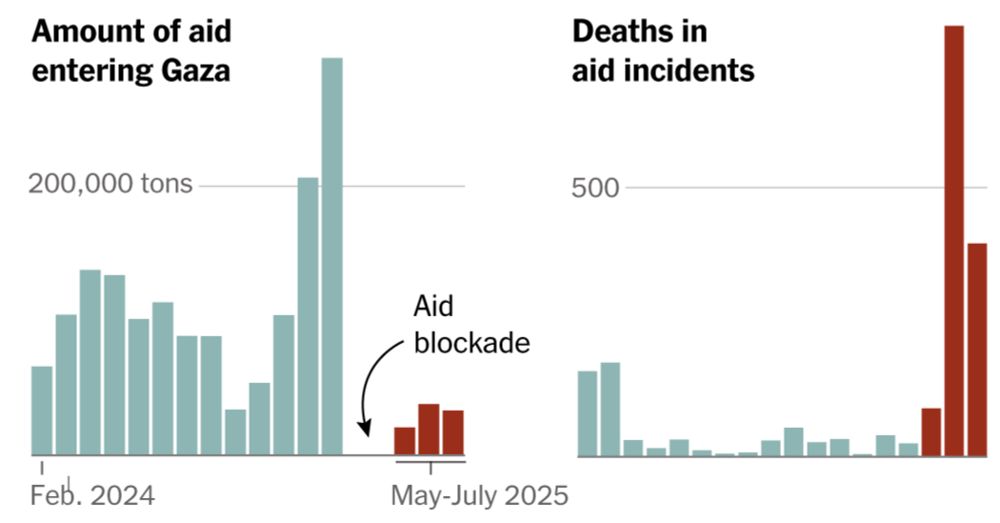
How Did Hunger Get So Much Worse in Gaza?
Less food is going into Gaza now than during most other times in the war. Hundreds of Palestinians have been killed while heading toward aid sites. Many others are suffering from serious malnutrition,...
www.nytimes.com
Reposted by Gregor Aisch
Gregor Aisch
@driven-by-data.net
· Jul 24
Reposted by Gregor Aisch
Gregor Aisch
@driven-by-data.net
· Jul 2
Reposted by Gregor Aisch
Reposted by Gregor Aisch
Reposted by Gregor Aisch
Kyle Buchanan
@kylebuchanan.bsky.social
· Jun 23

The 100 Best Movies of the 21st Century (Gift Article)
More than 500 influential directors, actors and other notable names in Hollywood and around the world voted on the best films released since Jan. 1, 2000. See how their ballots stacked up.
www.nytimes.com
Gregor Aisch
@driven-by-data.net
· Jun 22

